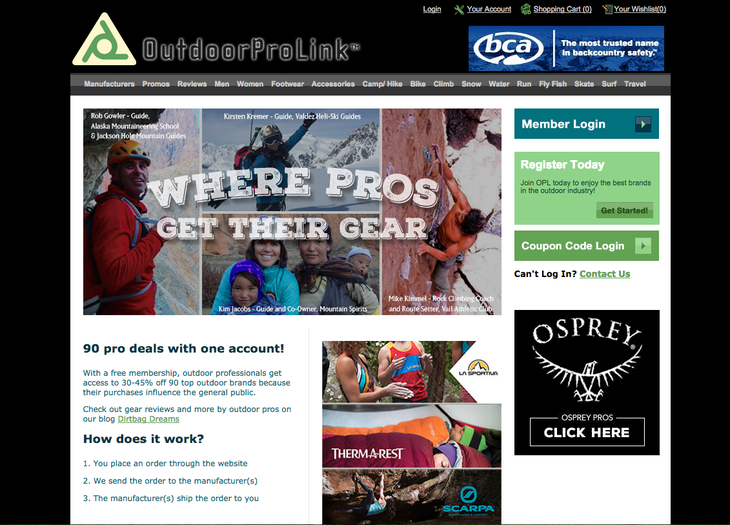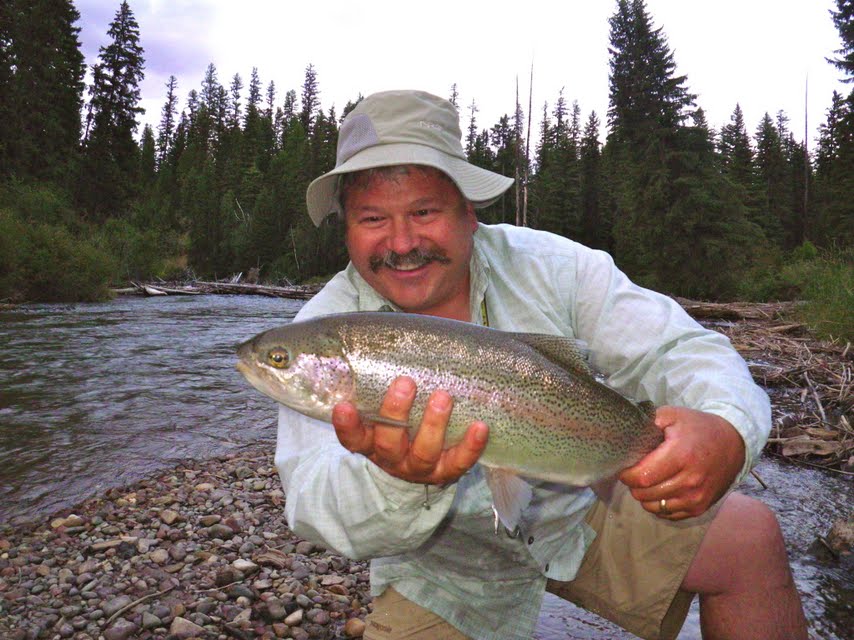We, the independent specialty retail shops, did all the legwork to create these customers. Without us, these companies wouldn’t be here. I’m not sure there are many vendors that could survive without us, so I’m trying to help vendors balance capitalizing on the opportunities that direct-to-consumer sales have without undermining our ability to build that relationship with the consumer and profit on our inventory.
What outdoor specialty does the best is introduce people to products. You have consumers who don’t know anything about a new category, if they’ve invented a new kind of shoe or a new old fabric in the case of wool from Icebreaker. It took a tremendous amount of work on the part of a big retail network in America to put Icebreaker products into people’s hands and help people see the value in it. Growing a brand from its infancy to the point where it has relatively broad market awareness is something that retail stores are still going to do better than selling direct to consumers online.
We sell consumers on the brand, but we have a very limited assortment of it because it’s hard for small retailers to pioneer a brand and you can’t buy all of the available products and colors. So you introduce people to this new brand and eventually they go, “I wonder what else there is?” And that consumer ends up going to their website to look at the product breadth that we don’t have.
Immediately after consumers engage with their website, vendors hammer that consumer with email blasts and specials like free shipping and throwing in a pair of gloves or a free hat. They really work to steal that customer away from us.
Ibex is another serious offender. We essentially create the brand disciple and they steal them. I don’t think a company like Ibex could survive without direct-to-consumer business, but I also don’t think they ever would have been able to get off the ground by only doing direct-to-consumer business. We’re not going to win every battle, but if Ibex continues to do business that way, it’s going to be harder and harder for retailers to support them.
I recently threatened to drop Scarpa, one of the most important brands in backcountry skiing. By far, Scarpa has been the best telemark and alpine touring boot manufacturer to work with in my career, so why would I sever the relationship? Vendor partners are now our fiercest competitors. This year, it started with a free hoody if you bought boots from them, some free freight promos and then the now-common “friends and family pro sale.” In the days leading to Christmas, a group of vendors opened up the pro sales departments and wholesale pricing to all friends and family of legit pros. Scarpa, along with 33 other vendors, including Osprey, Cascade Designs, Rab, La Sportiva, Petzl, MSR, BCA, Mountain Hardwear, and Sierra Designs participated in this sales extravaganza run by Outdoor Prolink.
 Outdoor Prolink’s homepage. (Screenshot: Todd Frank)
Outdoor Prolink’s homepage. (Screenshot: Todd Frank)
When I asked Scarpa to give me a reason why they did it, the simple answer was “money.” They primarily sell a product that needs to be custom fit by a professional with the tools to do it. We have done thousands of boot fittings here over the last 18 years, and we are pretty good at it. Why would I want to do business with a brand that actively sells a product that needs my expertise to fit properly when that business aggressively under cuts what I can sell it for? Five years ago, I would have howled and said because they have the best boots. Now, there are seven or eight other vendors that have absolutely amazing product, too. (Editor’s note: To Scarpa’s credit, since receiving similar feedback from several retailers they have committed to no longer doing friends and family promotions.)
If we all have to pay the price of a problem equally, it will stop vendors from pushing direct-to-consumer sales and taking business away from us. They’re always going to have a better assortment than we do, and they can’t really fix that piece of it. But what they can do is work with us to make sure we can sell the product we stock profitably throughout the whole season. So I’m asking the vendors to come to us with creative ideas.
I just had an experience with a major vendor in the apparel industry who went off price on their web direct-to-consumer business in clear violation of their own policy that said “We’ll hold price until this point in time.” For reasons that are all legitimate, they couldn’t wait. I went to the vendor and I said, “I think you owe me some markdown credits. You didn’t go by the policy you’re asking me to go by.” They were pretty happy to do it. That needs to happen on more levels.
Until a vendor is affected by the final transaction with the end consumer buying their product, they’re not going to change the way they do it. So I’m looking for more partnerships with vendors who are willing to do things like manage excess inventory, share costs, take product back, trade product out, use markdown credits, or simply guarantee a sustained margin. The only way we’re going to change vendors’ behavior is with our checkbooks, so I can’t keep saying to people, “You have to change the way you’re doing business,” and continue to buy 10 percent more than I did last year. At some point I just have to get up from the table and say, “We’re done.” They’ve got to feel the pain a little bit, and until they feel the pain, there’s no motivation for any change in behavior.


